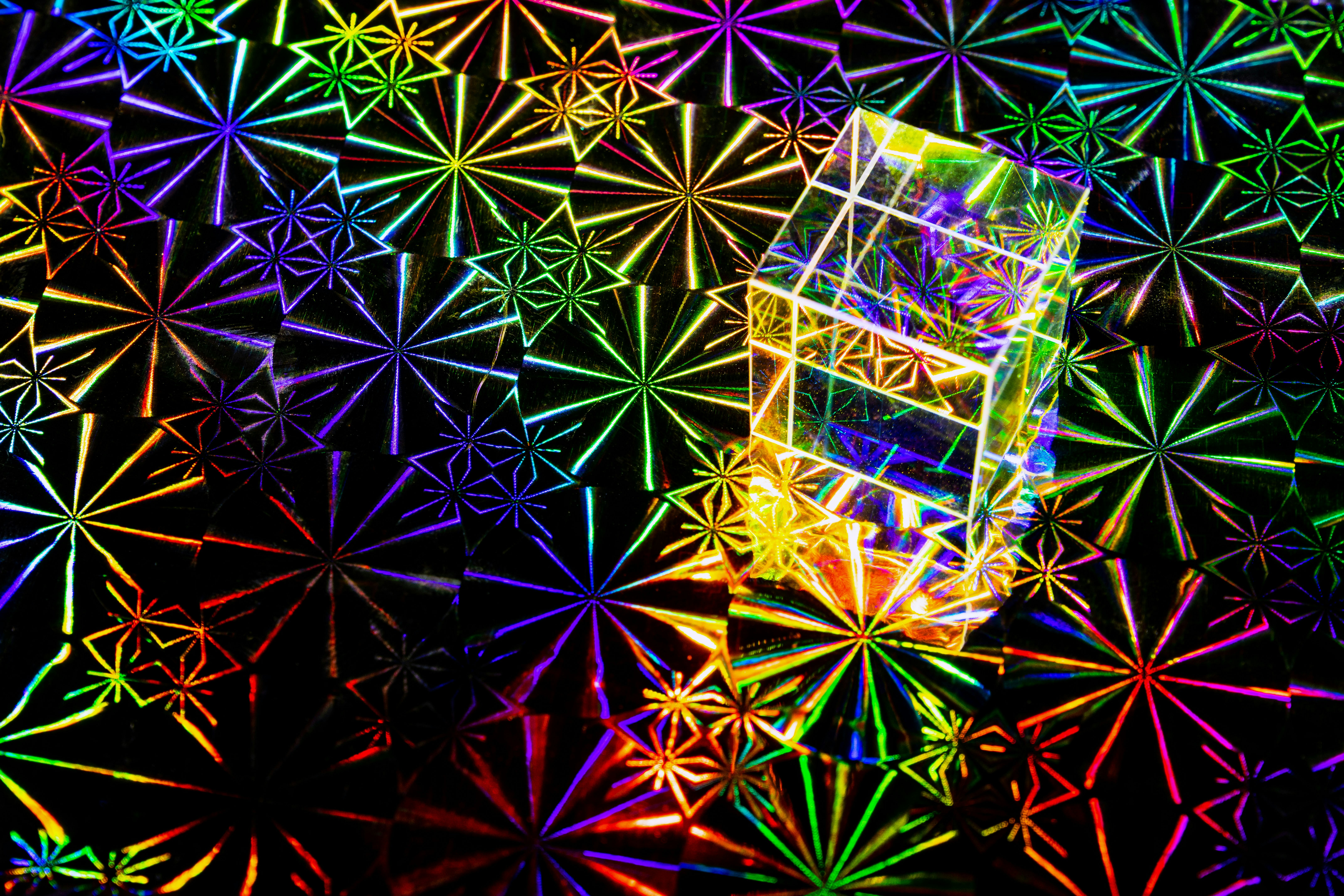Unwinding the Skein of E-Ink: The Future of Digital Displays
Introduction: Step into the future of digital displays as we unravel the enigma behind E-Ink technology. With its paper-like display and power efficiency, it's transforming the way we consume digital content. Dive into the world of E-Ink and explore how it’s carving a niche for itself in an OLED-dominated world.

Decoding E-Ink
E-Ink, or electronic ink, is a unique type of display technology that emulates the appearance of regular ink on paper. Unlike backlit digital displays, E-Ink reflects light just like ordinary paper, making it easier on the eyes. This technology was first developed by a company called E Ink Corporation back in the late 1990s, but it wasn’t until 2004 when the first E-Ink device - Amazon’s Kindle - was introduced to the market. Since then, E-Ink’s popularity has slowly but surely been on the rise.
Why E-Ink Matters
E-Ink offers several advantages over traditional digital displays. First, it consumes minimal power because it only uses electricity when changing the display image. This makes E-Ink devices like e-readers last much longer on a single charge compared to tablets or smartphones. Second, E-Ink screens are easily readable in direct sunlight, a feat that’s hard to achieve with backlit displays. Lastly, the strain on the eyes is significantly less with E-Ink, making it an ideal choice for prolonged reading.
E-Ink in the Present
E-Ink technology is not limited to e-readers. It’s also being used in smartwatches, smartphones, electronic shelf labels in retail stores, and even in traffic signals. The most recent development in E-Ink technology is the introduction of color E-Ink displays. These new displays, known as Advanced Color ePaper (ACeP), can reproduce thousands of colors, opening up a whole new world of possibilities for this technology.
Estimating the Cost and Market Impact
The cost of E-Ink displays varies depending on the device. While e-readers like Amazon’s Kindle can range from $90 to $300, E-Ink smartphones and smartwatches are considerably more expensive, often costing over $500. Despite the relatively high cost, the market for E-Ink displays is expected to grow. According to the research firm MarketsandMarkets, the E-Ink market is projected to reach $28.87 billion by 2023, driven by growing demand for on-the-move information, sustainable products, and better display technologies.
The Future of E-Ink
The future of E-Ink is bright. With the introduction of color E-Ink displays and the potential for flexible E-Ink screens, this technology could revolutionize not just reading, but the entire digital display market. Imagine foldable smartphones with E-Ink displays or digital newspapers that feel like real paper. The possibilities are endless, and it’s exciting to think about what the future holds for this innovative technology.
In conclusion, E-Ink is an exciting display technology that offers many benefits over traditional digital displays. Its unique characteristics make it an ideal choice for a variety of applications, from e-readers to traffic signals. As technology continues to advance, there’s no doubt that E-Ink will play a significant role in shaping the future of digital displays.




